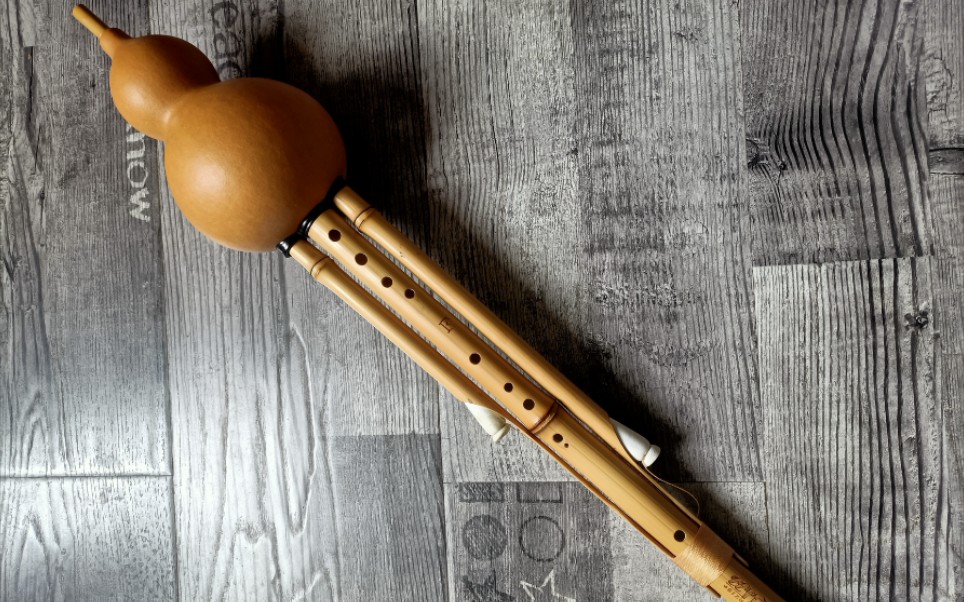Hulusi playing skills: Revealing the artistic charm and technique application of overlapping sounds
In the rich and colorful world of national instruments, hulusi is popular for its graceful and melodious timbre and unique playing skills. Among them, "overlapping tone" as a typical fenugreek playing skills, not only gives the music vitality, but also adds to the artistic appeal of the works. This paper will introduce the meaning, playing method and the function in music expression of fenugreek superposition in detail.

First, the concept of overlapping sounds
Overtone, also known as "trills" or "ripples", is a special grace note technique in fenugreek performance. Overtone is usually manifested as the rapid and continuous playing of one or more notes one or half a degree higher than the tonic before and after a certain tonic, making the original single note seem to ripple a circle of overtone ripples, increasing the sense of layer and dynamic beauty of the music.
Second, the method of playing overlapping tones
When playing the overlapping notes of fenugreek, the player needs to use the fingers to open and close the sound holes. For example, when playing the main note "1", you can quickly blow the "2" or "b2" sound before and after it, forming the overlapping effect of "1-2-1" or "1-B2-1". In this process, the superimposed notes should be played quickly, evenly and lightly, ensuring that the superimposed notes sound smooth and natural, as well as harmonious and pleasant as natural overtones.
The role of repetition in musical expression
1. Increase the dynamic and vitality of music: the use of overlapping sounds can significantly enhance the sense of rhythm and rhythm of music, make melody lines more jumping and lively, especially suitable for the performance of lively or passionate music situations.
2. Enrich timbre and expressiveness: Through the technique of duplication, a single note can be made plump and rounded, and the timbre of hulushi is more unique and varied, enhancing the artistic expression of music.
3. Deepen regional style and ethnic characteristics: Duplication is a common decorative technique in ethnic music, which is widely used in various ethnic repertoire, especially in the traditional gourd music of the Dai and Yi ethnic minorities. The proper use of duplication technique can highlight its regional cultural characteristics and deepen listeners' cognition of ethnic music styles.
In general, hulusi's overlapping technique is like icing on the cake, which brings more rich and delicate emotional expression and unique musical language to hulusi music, making this ancient and charming national instrument glow more brilliant artistic glory.
 渝公网安备 50010702504639号
渝公网安备 50010702504639号